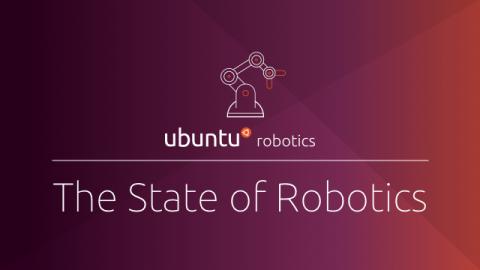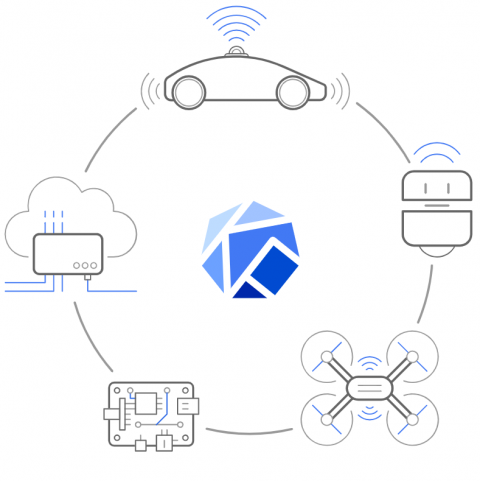Embedded Linux for teams
A Linux kernel for each developer team, which uses it to bring up target boards. Bespoke, built, issued, and maintained over years by the vendor. Teams that focus on building great apps, rather than figuring out hardware dependencies. Happy developers that bootstrap smart devices in no time. This is what highly productive embedded systems development should look like. Let’s unpack that vision.

















